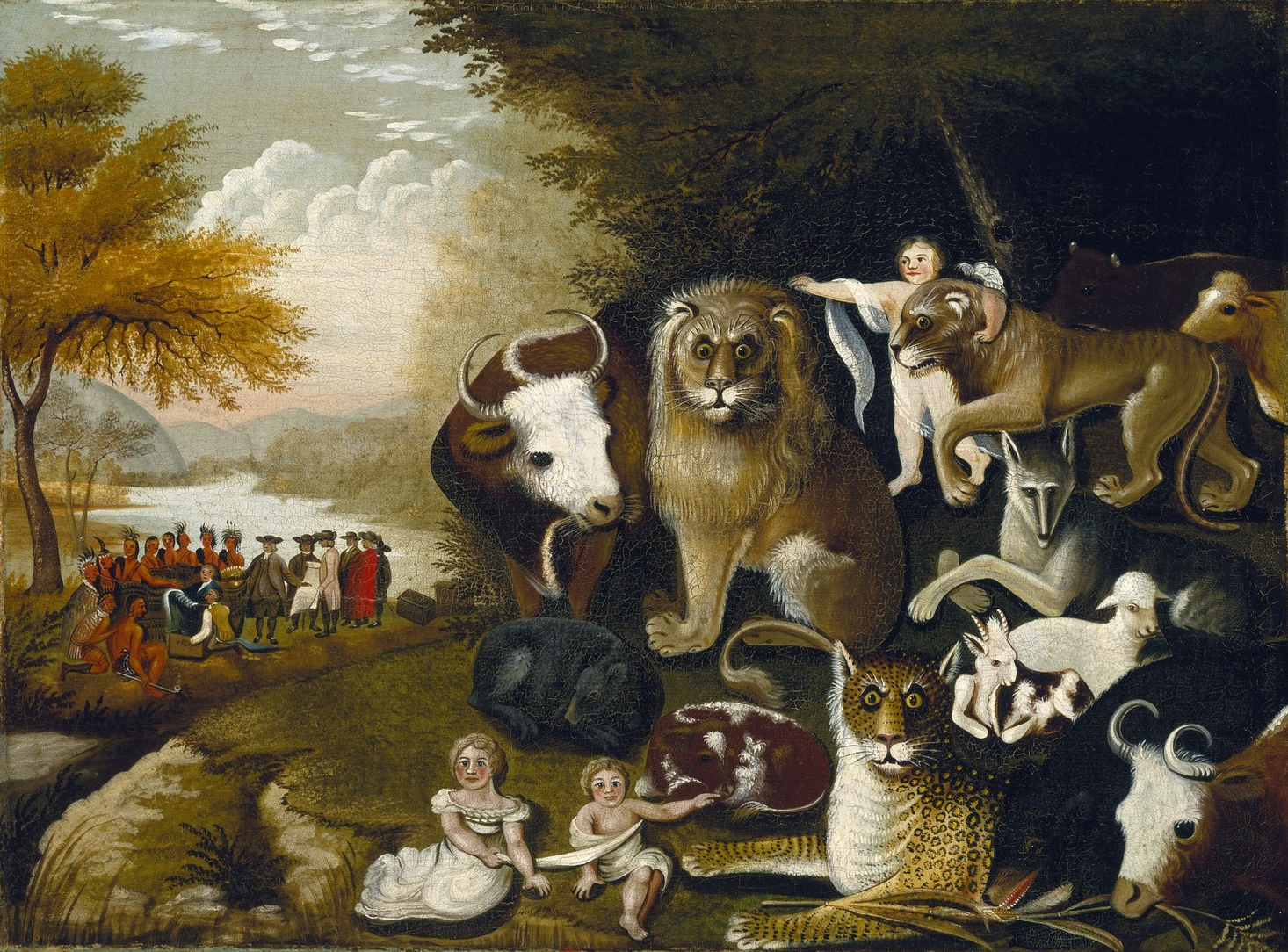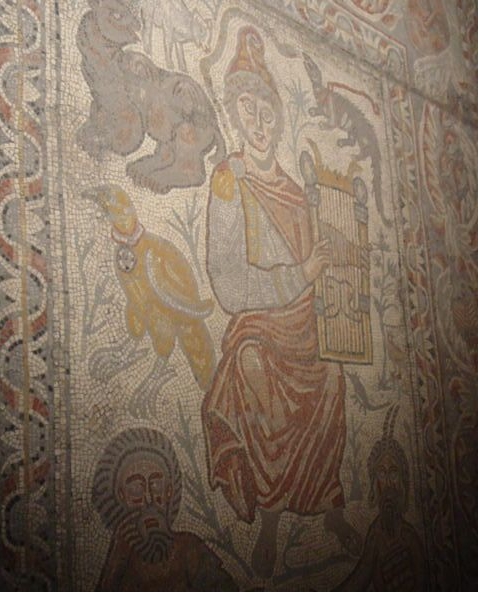The National Library has moved the Gershom Scholem book collection out of its old dark and crowded quarters into a bright and open new room that doesn’t quite spell occult gloom the way the old did.
As far as Scholem (1897-1982) is concerned his “occultism” is the sheerest of illusions, since Scholem was a rationalist modernist academic. Ironic, isn’t it, that it was through his writings that so may people were first informed about Kabbala and even inspired to involve themselves in its contemporary traditions. Still others, particularly his students at university, have in fact been inspired to pursue the academic study of Kabbala. Several among them could lay claim to his mantle, but I wouldn’t care to mention any names for fear of offending one or the other.
 |
| If read with a lawyer’s eye, touching might be permitted after all. |
You can see his desk depicted above, but as the sign says you shouldn’t touch it. That seems a shame, I kind of wanted to touch it and absorb some of that well toned rational skepticism.
Moving to the back of the room, along the way scanning the book spines for something interesting, I found a classic on how Orpheus and early depictions of Jesus shared iconographical features with King David. Then I came across what can only be described as a reliquary shrine. It features personal belongings of a particular kind, items related to book culture — pens, inkwell, rubber stamp, ex libris — but also a postal scale (?), a letter opener, a desk name plate, a Japanese netsuke and a larger piece of art depicting an assortment of animals lapping up the drippings of a bee hive beneath a palm tree.
That picture in the picture is worth a couple of words, even if not quite a thousand. The Hebrew letters beneath the picture prove to be from Isaiah.
“There will graze a wolf and a lamb...” Well, not to place any trust in my Biblical Hebrew, let me give the King James version of it:
The wolf and the lamb shall feed together, and the lion shall eat straw like the bullock: and dust shall be the serpent's meat. They shall not hurt nor destroy in all my holy mountain, saith the LORD.
Isaiah 65:25
Some would take “holy mountain” to mean Jerusalem and Jerusalem alone, but I would take a broader view. If you allow me to say so, I read this as not only a message of peace with “food justice” for every type of being, but a prophecy that the future is vegetarian, that we will all join together to prevent the destruction of our planet shortly before it gets too late, with no violence or coercion of any kind for any reason. Okay, go easy on me, I know it is supposed to be about the coming of the messiah, a subject that was very much in the forefront of Scholem’s research during his entire life. He was so interested in messianism he even did a huge book about the most famous of Judaism’s anti-messiahs, Shabbatai Tzvi. This longing for a messianic age could be enough to explain why the picture with its verse was kept at his desk. You’ll forgive me if pictures of lions at peace with lambs evoke prospects of an alternative and entirely possible future.
Scholem belonged, if not always comfortably, within the Eranos circle that tilted toward “perennialist” or traditionalist versions of religions, with the idea that all religions share the same ultimate or mystical experiences or aims. This perennialism has been taking a beating lately (thanks to nationalist particularism), but it is sure to make a comeback in one form or another, it always does. Today perennialism is sometimes caricaturized as elitist, conservative and inflexible, but I suggest it might really be about shared human aspirations, values, commonality and continuity — the very things that keep us grounded enough to be flexible under changing circumstances. Lazy minds confound it with what we call ‘new age,’ rooted as it is in Theosophical Society revisionism, something Scholem had no patience for. The National Library’s own website put up this page about his critical views toward one Jewish Theosophist by the name of Elias Gewurz.
I think Gershom Scholem is worth knowing more about for many reasons, including some you will have to discover for yourself without my help.
•
One place to look, better than anything you will read here, is this piece for Forward written about the Scholem collection before it moved:
https://forward.com/culture/399879/how-this-bible-got-to-jerusalem-and-other-secrets-of-gershom-scholems/
Chen Malul, Gershom Scholem’s Mystical Experiences: How the Famous Scholar of Kabbalah Experimented with Secret Mystical Techniques, posted on July 31, 2019. The evidence for his experiments with Abulafian prayer techniques at a particular stage of his life is quite slim, but it could carry a lot of weight.
For a quick and painfree introduction to Shabbatai Tzvi, watch this short video. He’s an important character in the long, long history of Jerusalem.
•
“A little child shall lead them.”
—Isaiah 11:6
± ± ±
Postscript (April 15, 2024)
Robert Eisler, Orpheus—The Fisher: Comparative Studies in Orphic and Early Christian Cult Symbolism, J.M. Watkins (London 1921). Call number in the National Library: 56 C 3649.
Perhaps only a child* who hasn’t yet learned the importance of our warring categories could guide us toward reconciliation and peace.
Watching this provoked me to rethink children and wisdom and childlike wisdom:
(*Nobody would be so naive as to conflate the child with the man-baby. Of man-babies we have had enough.)









